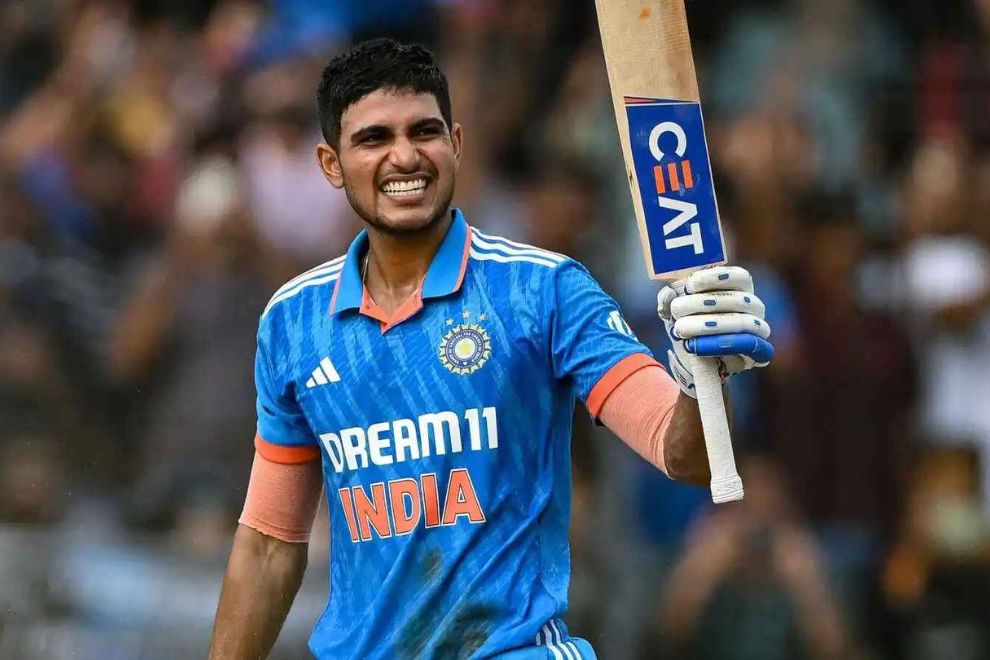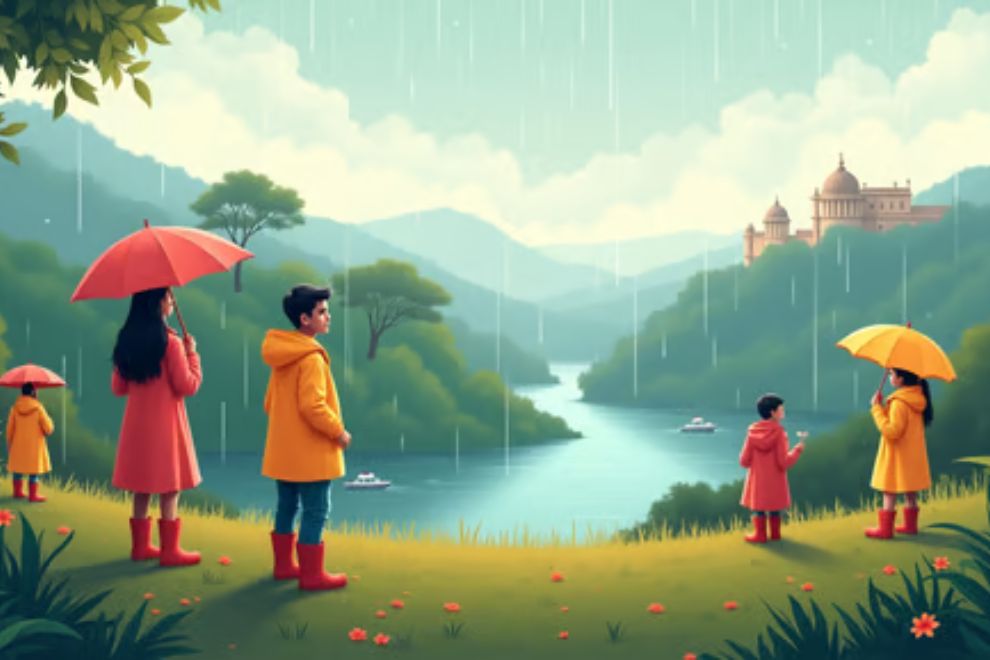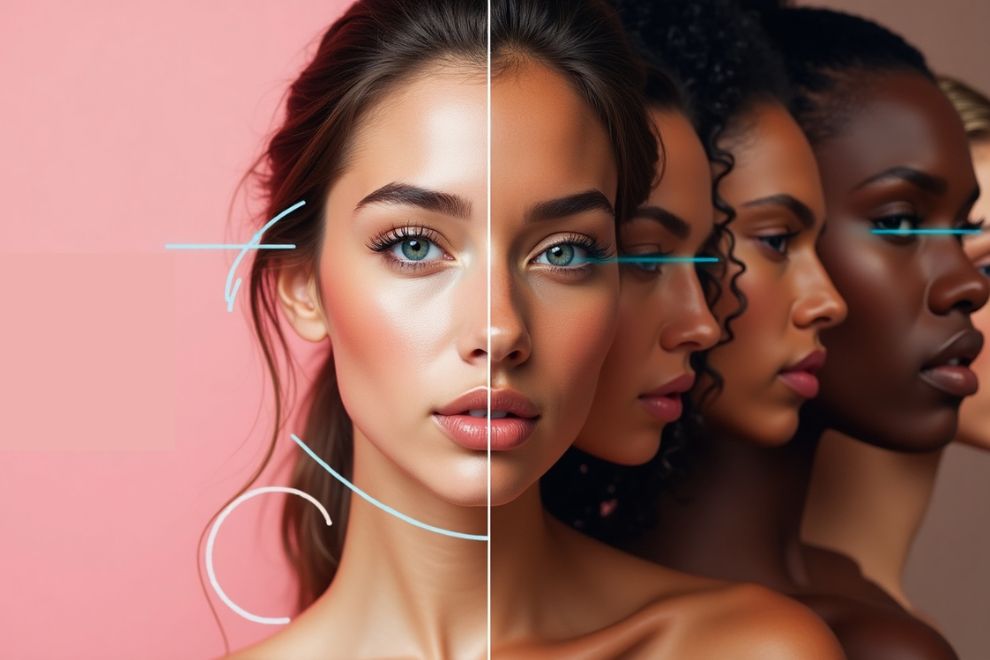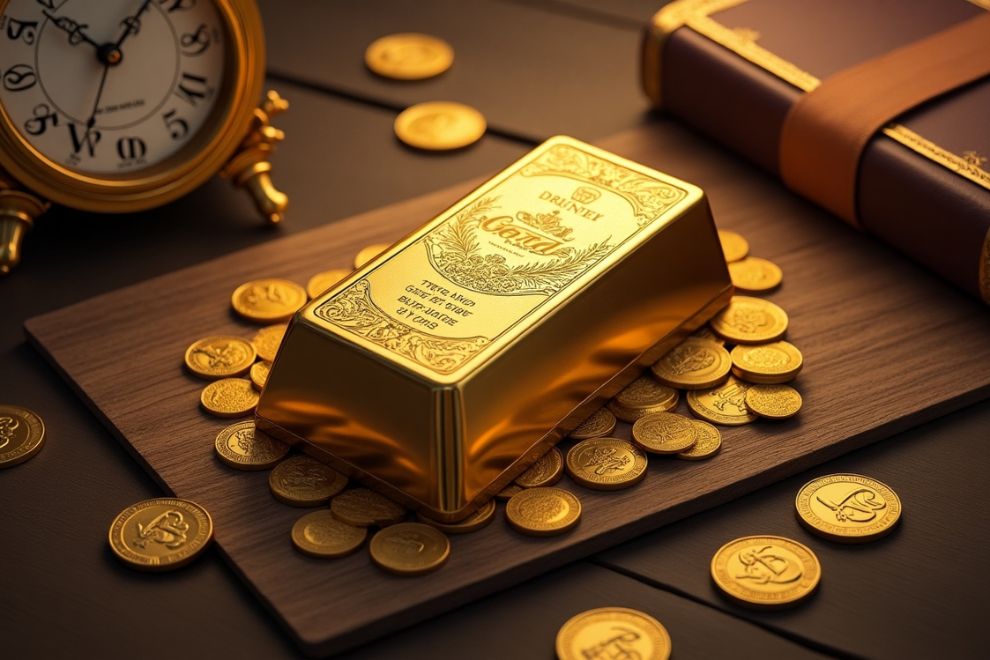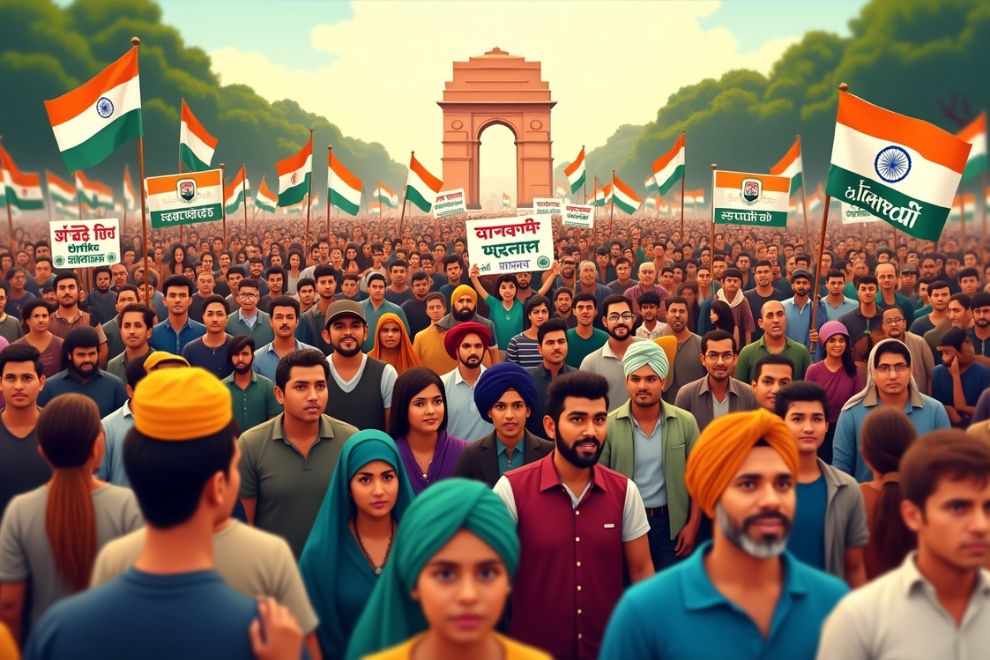Shubman Gill: The Calm Before the Storm – A Modern Cricket Saga
From Punjab’s Soil to World Stadiums: The Origin Story While most cricket tales begin in academies, Shubman Gill’s story began in the dust and dreams of a Punjab farm. Born in Fazilka on September 8, 1999, he wasn’t just another kid with a bat. He was the boy whose father built a cricket pitch in the middle of wheat fields — not out of luxury, but out of belief. Lakhwinder Singh Gill, a farmer and a man of silent ambition, didn’t just raise a cricketer — he engineered one, day by day, over sunrises and late evening nets. When most kids played for fun, Shubman batted for a future. The Inner Game: More Mind Than Muscle What separates Shubman from his peers isn’t just his cover drive — it’s his mind. From a young age, Gill trained like a monk disguised as a sportsman. Observing bowlers, adjusting footwork, watching footage — even before social media turned him into a style icon, he was mastering silence, study, and stillness. His batting isn’t flashy for the sake of it. It’s poetry with purpose. He knows when to strike and when to stand — a rare quality in today’s cricket chaos. 2018: The Year Everything Changed (And Didn’t) India’s victory at the U-19 World Cup 2018 didn’t just launch stars — it exposed the world to a new Gill. A vice-captain, run-machine, and the calmest head in pressure moments. But despite the glory, Shubman didn’t change his posture. Fame didn’t shake his discipline. That’s when coaches knew — this boy wasn’t here for applause. He was here for a legacy. IPL: From Learner to Leader Gill’s IPL debut with Kolkata Knight Riders was a lesson in humility and hunger. He didn’t chase the limelight — he absorbed it gradually. Every innings taught him patience. Every failure taught him fire. Then came Gujarat Titans. 2023. A switch — and a storm. In the Blues: Making His Mark in the Indian Team Whether it was the 91 at Gabba, the double ton against New Zealand, or those crisp T20 shots — Shubman Gill adapts formats like water takes shape of its vessel. And yet, there’s always more to come. Every innings feels like a trailer to a greater performance. Who Is Shubman Gill, Really? He’s not just a batsman. He’s a new kind of sportsman: Milestones That Speak Louder Than Noise Achievement Detail Youngest Double Centurion in ODIs 208 vs NZ in 2023 Fastest Indian to 1000 ODI Runs Achieved in just 19 innings IPL 2023 Orange Cap Winner 890+ runs Iconic Test Knock 91 at the Gabba, Australia (2021) The Legacy in Progress Legends aren’t made in one season. But Gill is curating one carefully, with every knock. He may not roar on the field — but he doesn’t need to. Because his bat speaks, his presence commands, and his silence intimidates. The Unfolding Tale of Grace Under Pressure Shubman Gill’s story is still being written — not in viral clips or flashy headlines, but in the calm accumulation of moments. He is cricket’s answer to the age of noise — a reminder that true class doesn’t need to scream. He’s not just the next big thing. He’s India’s quiet revolution in cricket whites.
